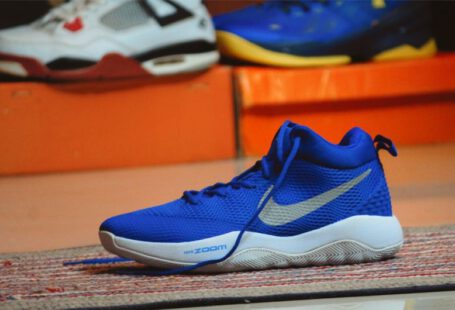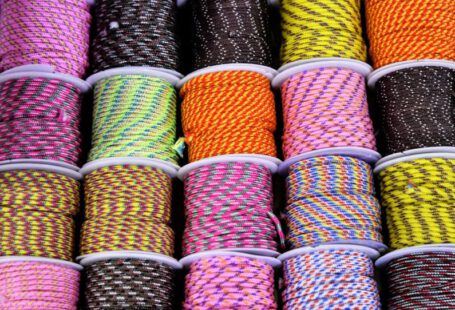In the ever-evolving world of fashion, technology is playing a significant role in shaping the way we design, produce, and wear our clothing and accessories. One of the most exciting developments in recent years has been the rise of 3D printing, a revolutionary manufacturing process that has the potential to transform the way we make shoes. 3D printed shoes offer a level of customization and personalization that was previously unthinkable, allowing designers to create unique and innovative footwear tailored to the individual needs and preferences of each customer.
The Rise of 3D Printed Shoes
Traditional shoe manufacturing processes involve complex and time-consuming steps, from designing and prototyping to production and distribution. However, with 3D printing technology, designers can now create shoes in a fraction of the time and with much greater precision. By using digital modeling software, designers can create intricate and customizable designs that can be printed layer by layer, resulting in shoes that are not only visually striking but also perfectly tailored to the wearer’s foot.
The Benefits of Custom Footwear
One of the most significant advantages of 3D printed shoes is the level of customization they offer. By scanning the customer’s foot and using that data to create a digital model, designers can create shoes that fit like a glove and provide unparalleled comfort and support. This level of customization is especially beneficial for individuals with foot conditions or irregularities, as it allows them to have shoes that are specifically designed to address their unique needs.
Another benefit of 3D printed shoes is sustainability. Traditional shoe manufacturing processes often result in a significant amount of waste, as materials are cut and discarded during production. In contrast, 3D printing is an additive manufacturing process, which means that material is only used where it is needed, reducing waste and minimizing the environmental impact of shoe production.
The Future of Footwear Design
As 3D printing technology continues to advance, the possibilities for footwear design are virtually limitless. Designers are no longer bound by the constraints of traditional manufacturing processes and can experiment with new shapes, materials, and structures to create shoes that were previously unimaginable. From intricate lattice patterns to lightweight and flexible materials, 3D printed shoes are pushing the boundaries of what is possible in footwear design.
The Future of Retail
The rise of 3D printed shoes also has the potential to revolutionize the retail industry. With the ability to create shoes on demand and on-site, retailers can offer customers a truly personalized shopping experience. Customers can have their feet scanned and choose from a range of designs and materials to create a custom pair of shoes that are made to order. This not only reduces the need for excess inventory and waste but also allows retailers to cater to the individual tastes and preferences of their customers.
In conclusion, 3D printed shoes represent the future of custom footwear, offering unparalleled levels of customization, sustainability, and innovation. As technology continues to advance, we can expect to see more designers embracing 3D printing as a means of pushing the boundaries of footwear design and providing customers with shoes that are as unique as they are. The future of footwear is here, and it’s 3D printed.





